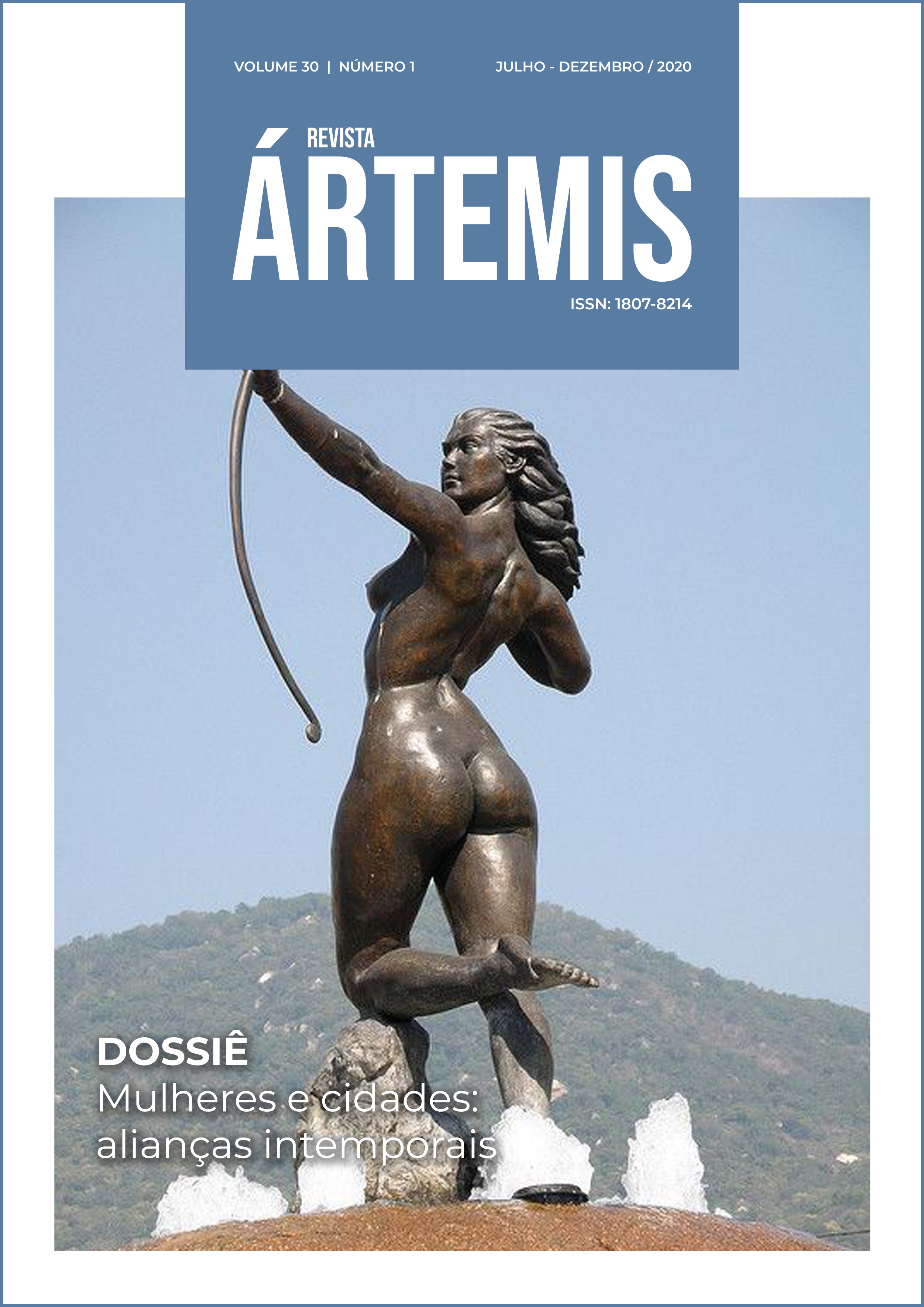Urban mobility and gender: clues about the heterogeneous city
DOI:
https://doi.org/10.22478/ufpb.1807-8214.2020v30n1.55732Keywords:
Urban mobility, Inequalities, Gender, WomenAbstract
Men and women circulate in the city in a different way, due to unequal access to mobility resources, in this context, the city presents itself as a complex space that articulates this heterogeneity of experiences. Therefore, it is important to investigate how the literature articulates the categories of gender and urban mobility. In order to analyze the determinants of these differences, an integrative review of the scientific production of the last ten years was carried out, using the descriptors "gender" and "urban mobility", using the articles available in the CAPES, Scielo, and Library Periodicals Portal Virtual Health in Brazil. 35 articles were selected for analysis. The results suggest that gender and mobility studies share guidelines focused on social demands, however, the articulation between them is not always evident. The studies point to a trend of changes in urban mobility based on gender technologies and help us to strengthen the idea of mobility as a device, the product of interrelationships between spatial, social, and subjective structures.







